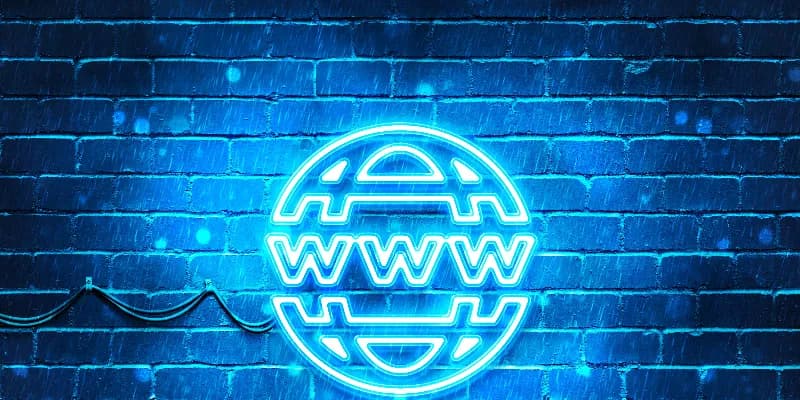
How to Protect Your Website from Common Cybersecurity Threats by File2File
How to Protect Your Website from Common Cybersecurity Threats
In today’s digital age, cybersecurity is a paramount concern for every website owner. With cyberattacks becoming more sophisticated and frequent, it is essential to take proactive measures to protect your website and its data. Cybersecurity threats can compromise your website’s functionality, steal sensitive information, and damage your reputation. However, with the right practices in place, you can safeguard your site from these risks and ensure a secure online experience for your users.
Common Cybersecurity Threats to Websites
Before diving into how to protect your website, it’s essential to understand the common cybersecurity threats that websites face. Knowing these threats will help you identify potential vulnerabilities and take the necessary steps to address them.
Malware Attacks
Malware is software specifically designed to damage, disrupt, or gain unauthorized access to a computer system or network. Websites can become infected with malware through vulnerabilities in plugins, themes, or insecure coding practices. Once malware infiltrates a site, it can lead to data breaches, loss of sensitive information, or even complete system failure.Phishing Attacks
Phishing involves attackers impersonating legitimate websites or entities to steal sensitive information such as usernames, passwords, or credit card details. Cybercriminals may use phishing emails or fake login forms to trick users into providing their credentials, which can then be used for malicious purposes.SQL Injection
SQL injection is a type of attack where malicious SQL code is injected into a website’s database query, allowing attackers to manipulate or steal data. If your website’s database is not securely configured, it can become an easy target for this type of attack.DDoS Attacks (Distributed Denial of Service)
DDoS attacks involve overwhelming a website’s server with a massive amount of traffic, rendering the website unavailable to users. These attacks can cause downtime, affecting your website’s availability and harming your business.Cross-Site Scripting (XSS)
Cross-site scripting is a type of attack where malicious scripts are injected into a website to steal user data, hijack sessions, or execute other malicious actions. Attackers use XSS to exploit vulnerabilities in user input fields, allowing them to execute scripts in the browsers of unsuspecting visitors.
Steps to Protect Your Website from Cybersecurity Threats
While cyber threats can be daunting, there are several effective ways to protect your website. Implementing the following security practices can help reduce the risk of cyberattacks and keep your website safe:
Keep Software Up to Date
Regularly updating your website's software, including its content management system (CMS), plugins, and themes, is one of the most critical steps in website security. Developers frequently release security patches to fix vulnerabilities, so it's essential to keep everything up to date. Enabling automatic updates for critical components can help ensure you're always protected.Use HTTPS and SSL Encryption
HTTPS (HyperText Transfer Protocol Secure) is a secure version of HTTP that encrypts data transferred between a website and its users. By using an SSL (Secure Socket Layer) certificate, you can ensure that data is transmitted securely, protecting sensitive information from being intercepted by attackers.Implement Strong Password Policies
Weak passwords are one of the most common ways hackers gain access to a website’s admin panel. Implementing strong password policies, such as requiring a combination of uppercase and lowercase letters, numbers, and symbols, can significantly reduce the chances of unauthorized access. Additionally, enabling two-factor authentication (2FA) adds an extra layer of security to your website’s login process.Regular Backups
Regular backups are essential for recovering your website in case of an attack. Whether your site is compromised by malware, a DDoS attack, or any other type of security breach, having recent backups ensures that you can restore your website to its previous state quickly. Store backups securely and test them periodically to make sure they can be restored without issues.Secure Your Database with Parameterized Queries
SQL injection attacks can be prevented by using parameterized queries in your website's code. This ensures that user input is treated as data rather than executable code, reducing the chances of malicious code being injected into your database. Additionally, avoid displaying detailed error messages that could provide attackers with information about your website's database structure.Install a Web Application Firewall (WAF)
A web application firewall (WAF) acts as a barrier between your website and potential cyber threats. WAFs can detect and block malicious traffic, including attempts to exploit vulnerabilities in your website’s code or database. By filtering out harmful traffic, WAFs help prevent many common cybersecurity attacks.Monitor and Audit Website Traffic
Monitoring your website’s traffic and server logs regularly allows you to detect unusual or suspicious activity. Implementing an intrusion detection system (IDS) can alert you to potential threats in real-time. Regular audits of your website's security configuration can help identify weaknesses and prevent future attacks.Educate Your Team
Cybersecurity is not just about technology; it’s also about people. Educate your team members, especially those responsible for managing your website, about common cybersecurity threats and best practices. Encourage them to avoid clicking on suspicious links, to use strong passwords, and to follow secure coding practices.
Conclusion
As the digital landscape continues to evolve, so do the tactics of cybercriminals. Protecting your website from cybersecurity threats requires ongoing vigilance, regular updates, and proactive measures. By following the steps outlined above, you can significantly reduce the risk of attacks, protect sensitive data, and ensure that your website remains a safe and secure environment for your users. In 2025, website security is more important than ever—don’t wait for a cyberattack to take action. Stay ahead of the threats and protect your online presence with robust cybersecurity practices.
Recent Posts

Hosting E-commerce Websites on Vercel

Vercel vs Netlify: Which is Better?

How to Set Up Custom Domains on Vercel: A Compr...

Getting Started with Vercel Hosting: A Step-by-...

Como Migrar um Aplicativo para Vercel

How to Migrate an App to Vercel

How to Manage Environment Variables on Vercel f...
